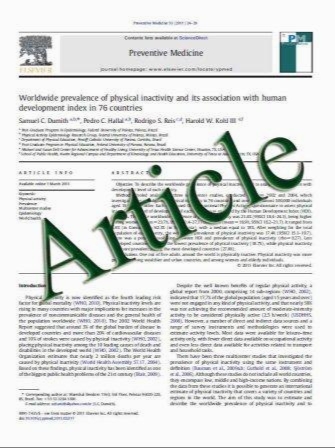Clinical practice Fibroblast growth factor (FGF)23: a new hormone
- نوع فایل : کتاب
- زبان : انگلیسی
- مؤلف : Uri S. Alon
- چاپ و سال / کشور: 2011
Description
Until a decade ago, two main hormones were recognized as directly affecting phosphate homeostasis and, with that, bone metabolism: parathyroid hormone and 1,25 (OH)2 vitamin D (calcitriol). It was only a decade ago that the third major player hormone was found, linking gut, bone, and kidney. The physiologic role of fibrinogen growth factor (FGF)23 is to maintain serum phosphate concentration within a narrow range. Secreted from osteocytes, it modulates kidney handling of phosphate reabsorption and calcitriol production. Genetic and acquired abnormalities in FGF23 structure and metabolism cause conditions of either hyper-FGF23—manifested by hypophosphatemia, low serum calcitriol, and rickets/osteomalacia— or hypo-FGF23, expressed by hyperphosphatemia, high serum calcitriol, and extra-skeletal calcifications. In patients with chronic renal failure, FGF23 levels increase as kidney functions deteriorate and are under investigation to learn if the hormone actually participates in the pathophysiology of the deranged bone and mineral metabolism typical for these patients and, if so, whether it might serve as a therapeutic target. This review addresses the physiology and pathophysiology of FGF23 and its clinical applications.
Eur J Pediatr (2011) 170:545–554Received: 20 October 2010 / Accepted: 14 December 2010 / Published online: 31 December 2010


